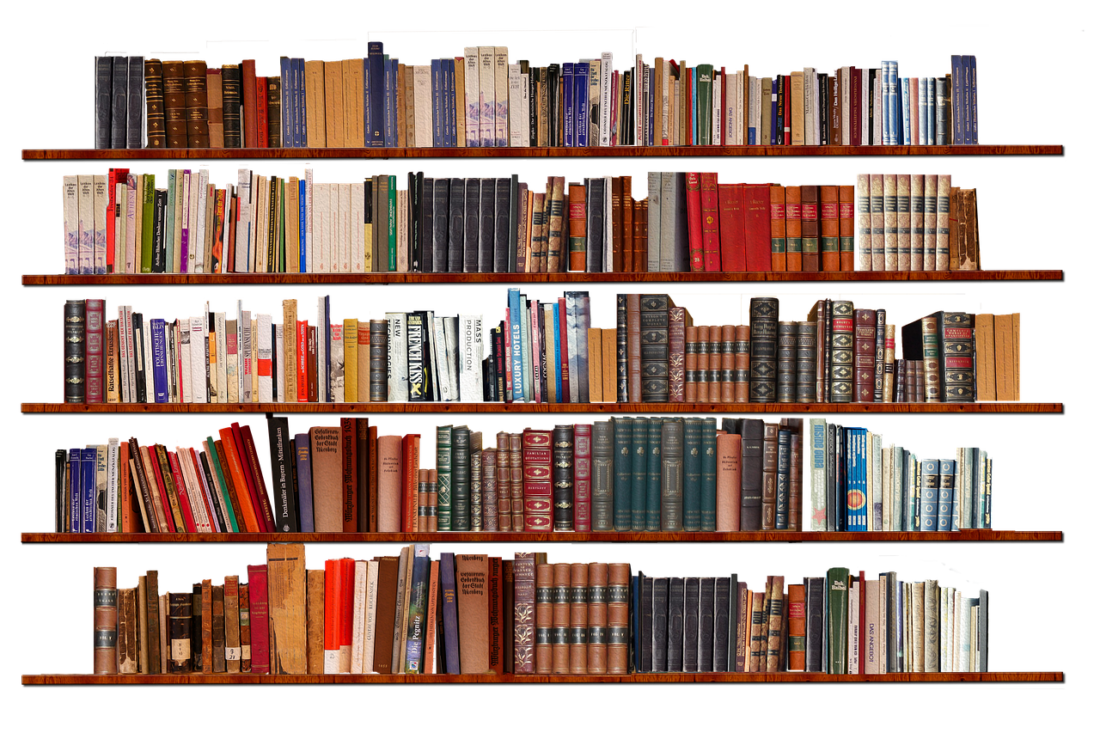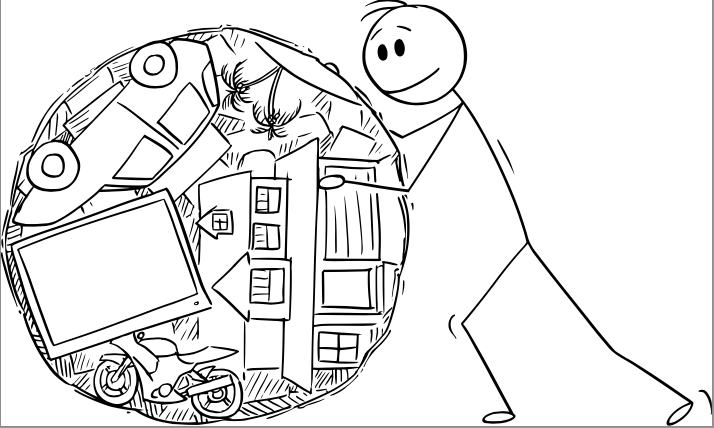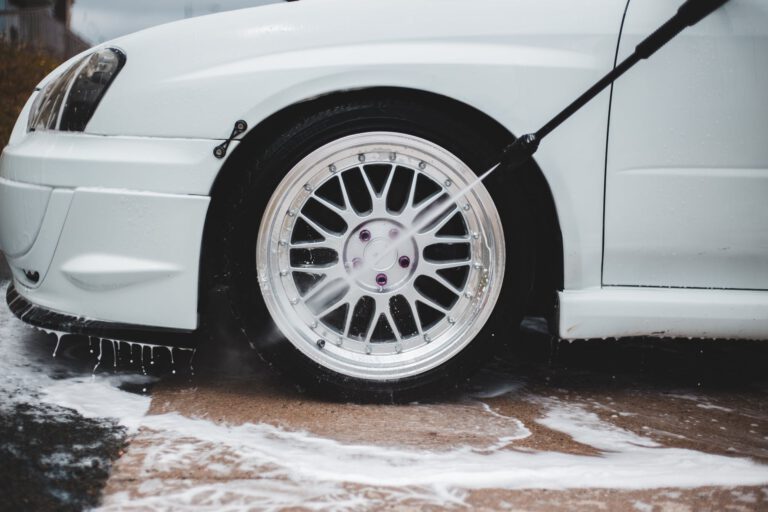Book Collectors: How To Organize Books in Your Home
I love books. No seriously. When my husband and I moved across the country, I went through the painful process of downsizing a massive library. I went from hundreds of books lovingly displayed in multiple rooms to one bookshelf of “must-keep” books.
It was hard.
To help, I found creative ways to make sure purged darlings didn’t end up in the trash pile, while retained books found useful, but decorative ways to be displayed.
If anyone else is faced with this type of decision, here are my suggestions. I start with a list of five ways to repurpose and reuse books, in order to avoid throwing them out, before offering six tips on how to keep your books organized.
5 Ways to Repurpose Old Books
Donate to a library or charity
If your books are in good condition, consider donating them to your local library or a charity that accepts book donations. Not only do your books find new homes and avoid the landfill, but the funds help to support public libraries or a charity of your choice. Win-win-win!
Turn them into art
I’m not super-crafty, but my in-laws are incredible at creative pursuits. I’ve seen them carve, sculpt and repurpose just about anything into either whimsical or wonderful decor. Inspired by their creativity, one option for repurposing old books is to turn these books into art. You can either create a collage, make paper flowers, repurpose book pages into delicate origami creatures, or use them for other visual artwork. Even better is that repurposing old books into art is a little-people-friendly craft. For instance, cut out words to create spontaneous poems or unique and personalized signs.
Use as wrapping paper
For a long time, I wouldn’t buy wrapping paper but used the funny pages in my local paper. I figured it was a great way to recycle paper and warp up presents in a cheerful, environmentally friendly way. Using the pages from a book as wrapping paper for small gifts helps add a bit of literary intrigue, as the recipient tries to guess the book the pages were taken from!
Make bookmarks
Use colorful ribbons or other decorative materials to create bookmarks out of your old books. (Hint: These make great gifts for book lovers.)
Make a book safe
Hollow out the center of a hardcover book and use it as a hidden safe to store valuables. This is a great way to get kids touching and exploring books — and excited about displaying books in their room.
6 Strategies to Organize a Large Number of Books
Here are six tips to help you keep these books organized and accessible, all year round.
Sort by subject
Begin by sorting your books by subject matter. This could include categories like science, math, history, language arts, and so on.
Create a dedicated space
Dedicate a specific area of your home for your textbooks and reference books. This could be a bookshelf in a home office or study, or a designated cabinet or closet.
Label shelves or boxes
Label your shelves or storage boxes to help you easily locate books. You can use labels that indicate the subject matter of the books, or labels that list specific authors or titles.
Arrange books strategically
Consider arranging books in a way that is both functional and easy to access. You might want to group books by grade level or academic level or arrange them in order of importance or frequency of use.
Keep frequently used books within reach
Make sure that the textbooks and reference books that your family uses most frequently are easily accessible. This could mean keeping them on a lower shelf or in a more prominent location.
Purge as needed
As you organize your books, take the opportunity to purge any titles that are no longer needed or relevant. You can donate these books to a local library, school, or charity.
The Bottom Line
By following these tips, you can create an organized and functional system for your books. For literary lovers, not only does this help create a more organized book collection, but for households with many priorities and needs, it helps keep the love of words tidy, organized, and accessible.







